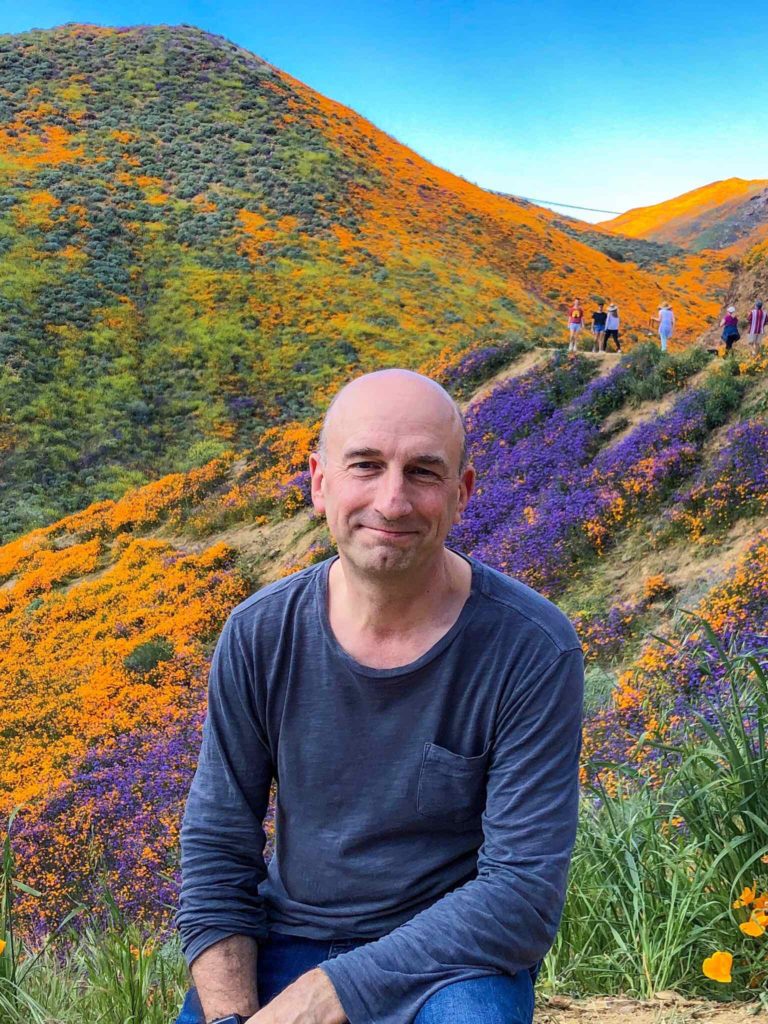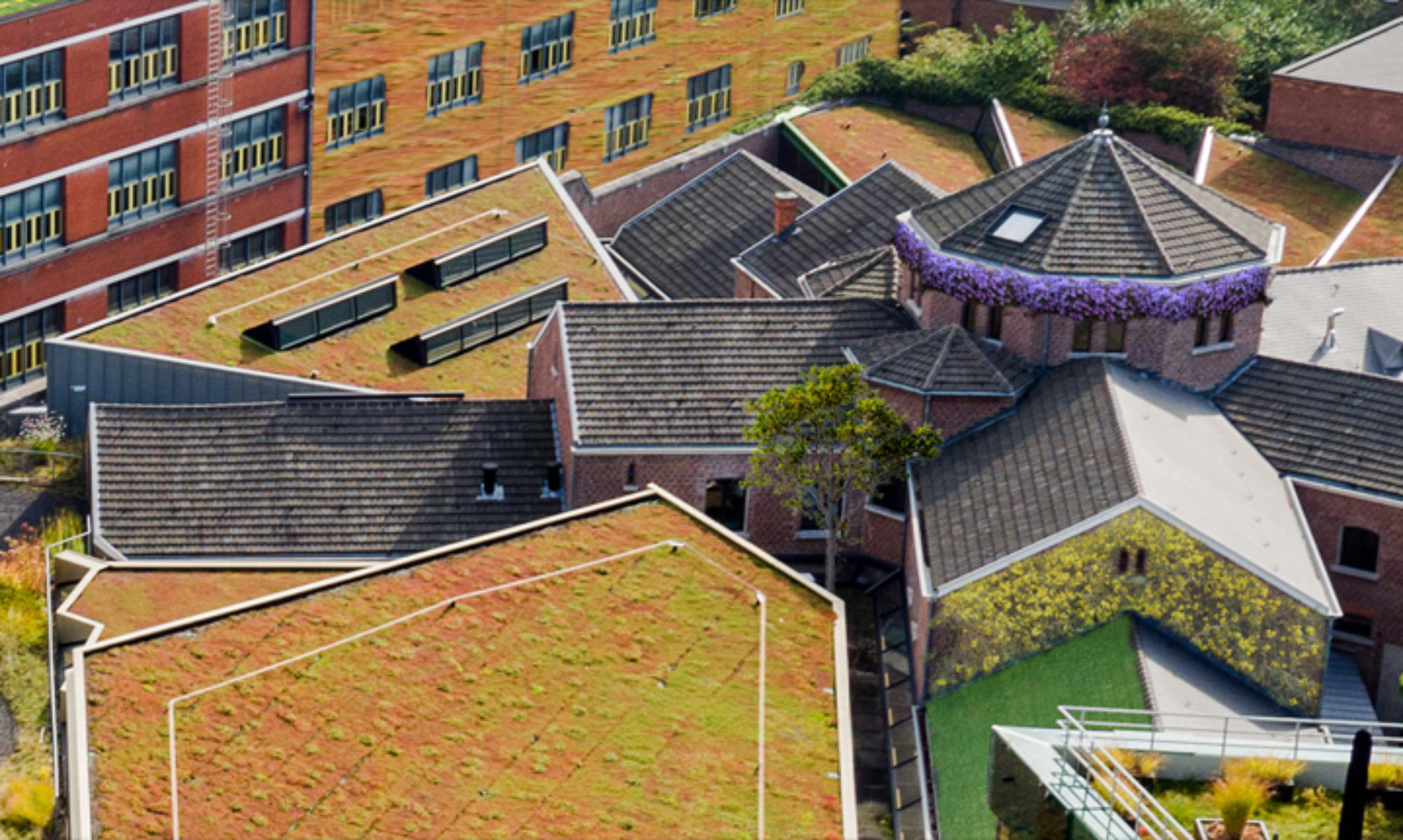Samen met professor James Hitchmough heeft Nigel Dunnett een geheel van onderzoek en praktijk opgezet met betrekking tot het gebruik van ‘ontworpen plantengemeenschappen’ in een breed scala van stedelijke contexten. De aanpak, gekenmerkt door werkbare, duurzame oplossingen voor de openbare ruimte, met een hoge publieke aantrekkingskracht en rijk aan biodiversiteit, is bekend geworden als ‘The Sheffield School’ van plantontwerp. De nadruk ligt op eenvoudig onderhoud en een zorgvuldige afweging van de verschillende lagen binnen een beplanting, en opeenvolgende bloei van een beplanting gedurende een lange periode. Het belangrijkste element is een goed begrip van de ‘tuinbouwecologie’ van ontworpen aanplant en het werken met ‘plantengemeenschappen’ die geschikt zijn voor de omstandigheden op de locatie en die de processen in ‘natuurlijke’ vegetatie nabootsen.
In het bijzonder omvatte zijn werk naturalistische plantontwerpen; ‘Modern meadows’; stedenbouwkundig watergevoelige- en duurzame drainage toepassingen; biodiversiteitsverhogende ontwerpen; groene daken en daktuinen.

1. How can you relate your work activities to urban greening?
A lot, or all, of my work activities are related to urban greening. As a researcher, I have investigated plant selection for challenging urban situations, such as green roofs, and in particular I have investigated combinations of plants that come together as functioning ‘designed plant communities’ that are sustainable because, as well as having the appearance of being natural, they also integrate natural processes and are dynamic, and to some extent, self-sustaining. But I also work as a consultant and designer, to apply that research work into real situations and urban development projects. I see my role as the researcher and academic in applied landscape and ecology, as not just someone who finds out new things or new ways of doing things, but also as someone who wants to make a change, and make a difference. And therefore, although I write research papers and speak at conferences, I now spend more time working with people in real projects, and communicating with practitioners, designers and gardeners, and not just speaking to other academics! And then I also work as a teacher, and I hope, inspiring new generations to work in urban greening.
2. What do you think are the key factors for a good human-nature relationship? How can urban greening contribute as much as possible to this?
It’s about integrating humans and nature. Not seeing them as seperate. And in cities, trying to infiltrate and push nature everywhere – not just in parks and gardens or nature areas, but into the streets, parking lots, sidewalks, business parks, rooftops, walls.
3. In which aspects would you like to see change in this in the short and long term?
People have been talking about ‘nature in cities’ and ‘urban greening’ for decades, maybe properly since the 1960s. But it still isn’t mainstream, or the default situation. Why? Well, I think part of the reason is that it has been communicated, conceptualised, and delivered, in the wrong sort of way up until now. The environmental and ecological arguments are always made as the first point, and the aesthetics and human value is often not considered so well. I have known many urban ecologists and urban greening experts say that it doesn’t matter what ‘nature in cities’ or ‘urban greening’ looks like – the most important thing is that it is working in an ecological way, supporting biodiversity etc. Often the same experts will say that people need to be ‘educated’ to understand wild and untidy and messy nature in the city. But I have taken a different viewpoint. For me, it has to work for people first. So, in most cases where the greening is visible and useable, then it also has to be beautiful. So I have moved towards the idea of an ‘aesthetic ecology’ or an ‘artful ecology’ as a way of promoting urban greening. And also, a lot of the work that we have done at Sheffield, and that is becoming more widely known from other places, is showing that in a city context, working with native plant communities that attempt to replicate plant communities that you find outside the city in the countryside, is not the most successful way to support biodiversity. So, I like to work with a concept of ‘Future Nature’ – a new type of city nature that is more like a novel ecosystem, and which has high ecological function, but also great appeal for people. To me, that is the way to make urban greening more mainstream. Projects like the ‘Grey to Green’ scheme in Sheffield show just how much can be achieved with this approach.
4. What advantages do green roofs and facades offer compared to other Nature Based Solutions in city’s like parks or urban gardens?
There are several benefits: 1, rooftops and walls are mostly unused or underused, and so this is vacant space that we can put to a much more positive use. And usually there are none of the
conflicts about demands for different uses that you find with spaces on the ground. 2, compared to spaces on the ground, then rooftops are mostly undisturbed by people, and therefore are better able to support interesting ecologies. 3, if positively used, then the total amount of roof and wall space in a city is much greater than spaces on the ground, so there is a lot of potential. 4, rooftops and walls can create important linking elements and stepping stones between, for example street trees or greenspaces on the ground. 5, the stressful conditions in a green roof can promote greater ecological richness than more fertile situations on the ground. 6. All the ideas and techniques that have been developed to create biodiverse green roofs are equally suitable to be used on the ground – they are like test or experimental areas for ideas that could be used more widely.
5. Which ecosystem service affects your field of work the most and how do you see the future?
Originally, a lot of my work focused on developing green roofs for biodiversity and for other environmental benefits such as components of stormwater management systems. But increasingly, the benefits to human health and well-being are coming to the front, and this is going to be increasingly important as a driver.
